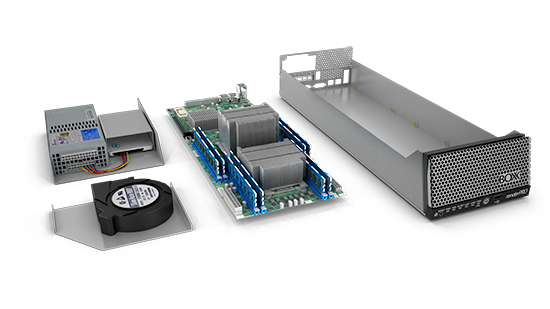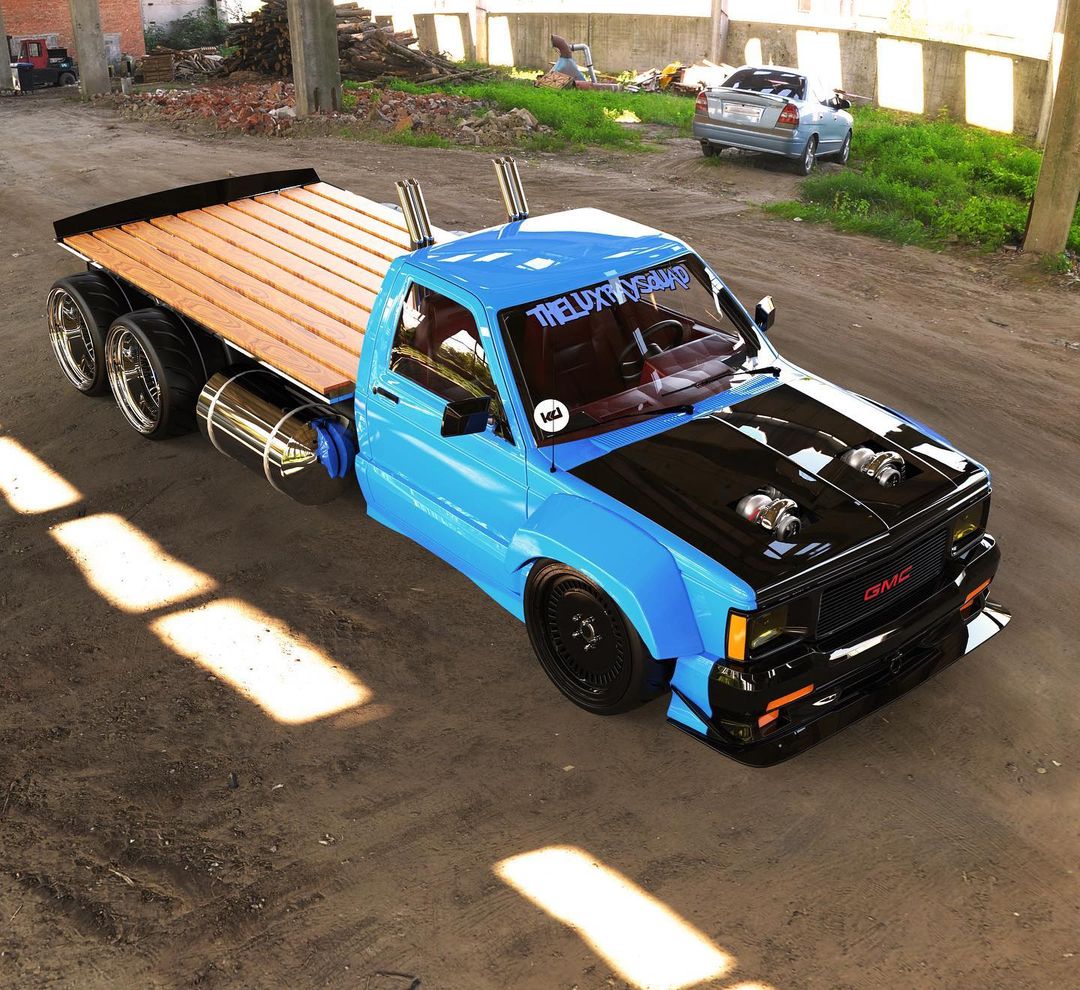
Moreover, optimizing RAM in a system is one of the easiest and most accessible upgrades for system boost.
#Render boost portable#
RAM can be used to write and read data at much higher speeds than hard drives and portable drives. Disabling Motion Blur might cut your render time in half, for example, but if you need it in your final render, it’s better to put it in at the time of rendering rather than in post-production, where it’s not designed to be used.ĭisabling real-time previews means your computer’s processing power won’t have to be spent to display the previews to you and can be fully used for rendering. Tip #3: Reduce the WorkloadĪ couple of settings in After Effects are resource heavy. So, if you turn off ray tracing, you will get a shorter render time for sure.īy checking that Classic 3D is selected instead of Ray Traced 3D from your composition settings, you can double your rendering speed. However, in general, not much use is required in daily projects.Ĭalculating all the lights and shadows is such an exhausting process for your computer. Tip #2: Disable Ray-Traced 3DĪfter Effects Ray Traced 3D feature allows you to produce 3D models directly within the After Effects program. After that you click the check box next to ‘Render Multiple Frames Simultaneously’ on the screen, and don’t forget to adjust the settings that you need. To turn Multiprocessing, go to Preferences > Memory & Multiprocessing. You’ll need to check to see whether or not this option is enabled-once you turn it on, you’ll see a significant decrease in render time. If your processor has more than one core, you can turn this feature on to shorten your render time. Tip #1: Enable MultiprocessingĪs the name suggests, multiprocessing is when After Effects uses multiple cores in the CPU to render multiple frames at once.

#Render boost how to#
If you’re looking for suggestions on how to make After Effects render faster without investing in expensive hardware, read on for some tips and tricks to get the job done. Ideally, you would run After Effects on a computer with a powerful multi-core processor, at least 16GB of RAM, as well as a GPU that’s either CUDA or OpenCL compliant in order to achieve faster render times. Another factor that comes into play when rendering is the available random-access memory (RAM) on your computer, as the process takes up a lot of memory. However, the graphics card isn’t entirely irrelevant when it comes to rendering times, as there are certain effects within the program that utilize the GPU in the rendering process. Those in the VFX industry are all too familiar with the time-consuming nature of rendering, and may even find themselves asking, “Why does After Effects render so slow?”Īfter Effects’ render engine heavily relies on your computer’s central processing unit (CPU)-more so than it does the graphics card (GPU).

For those who may be new to the concept, rendering is the process by which the program prepares your video or animation project for publishing and viewing. Yet for all its advanced capabilities, After Effects does have one significant downside: Long rendering times.
#Render boost software#
One of the greatest advantages of the software is that it allows artists to layer multiple visual and audio clips into the same project, providing a vast array of tools to seamlessly blend different elements to create a truly captivating final product.


It enables users to create high-quality animations and motion graphics that can be used in film, TV, or web platforms. After Effects is a video editing program by Adobe that’s popular with VFX artists, video editors, and post-production professionals the world over.


 0 kommentar(er)
0 kommentar(er)
